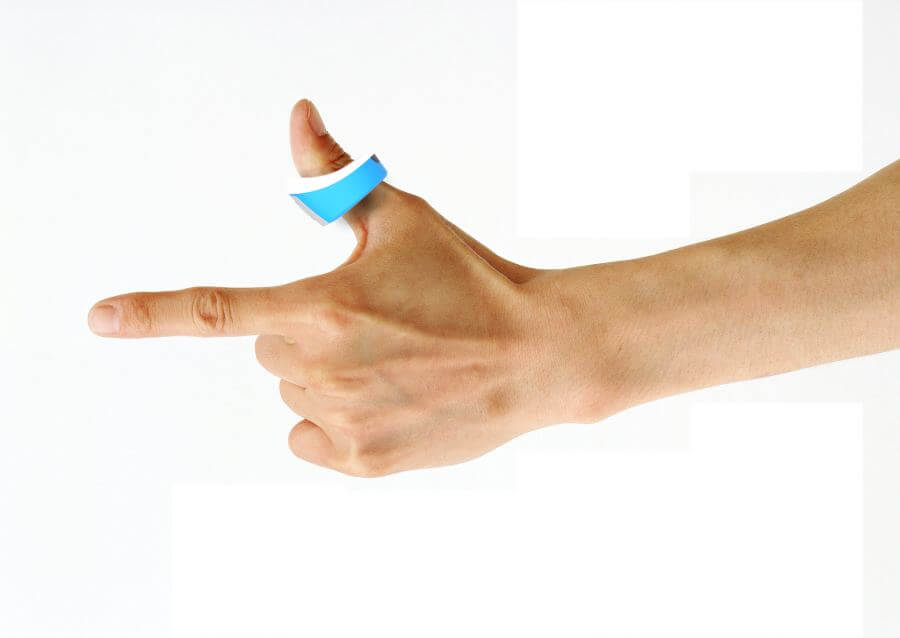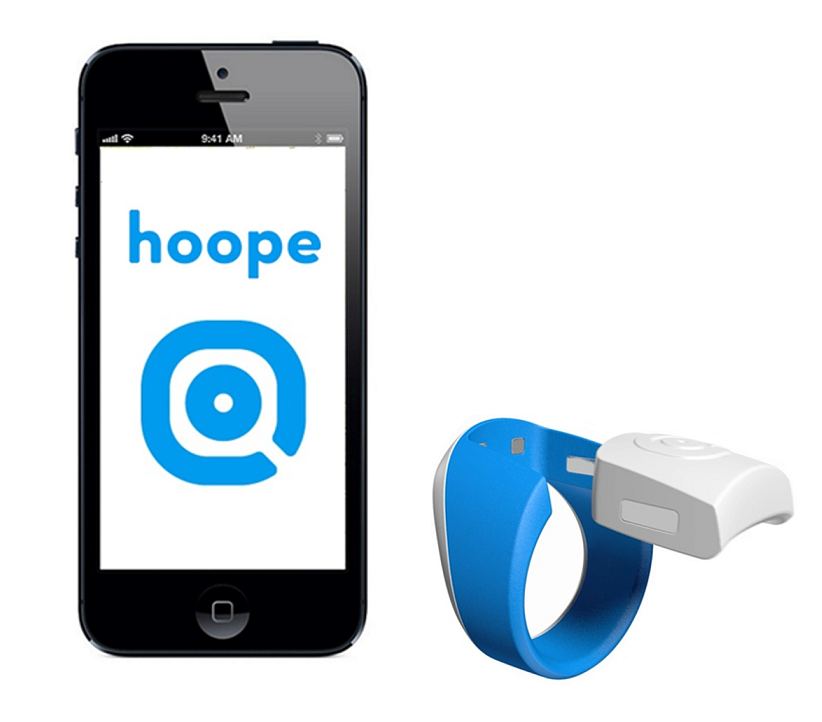You could say this dainty device lets you know what you’re getting yourself into on a one-night stand…
The Hoope ring can reportedly diagnose STDs such as syphilis, gonorrhea, chlamydia and trichinosis in less than a minute. The thumb-fitted gizmo uses an electric pulse generator to numb the wearer’s skin, before a retractable single-use needle draws a blood sample. The ring’s so-called ‘lab-on-a-chip’ wirelessly transmits the data to an smartphone app which tells to the users what disease has been detected. Irina Rymshina, the Peru — based co-founder of Hoope, explains to Metro how the gadget operates. Q: What led you to develop the Hoope ring?
— I was looking for a big problem to solve and realized that STDs are a big global issue. According to the World Health Organization, every year 500 million people across the globe become infected with one of the four most common sexually transmitted diseases: chlamydia, syphilis, gonorrhea and trichinosis. When not treated, these STDs lead to infertility, cancer, and an increased risk of contracting HIV. Also, current STD testing causes embarrassment and requires uncomfortable procedures. Testing is time-consuming and people need to wait a long time to get their results. And most crucially, testing is expensive and many people simply cannot afford it. In many areas of lower and middle income countries testing is geographically inaccessible which makes prevention and treatment of curable diseases difficult. Q: How does the ring detect presence of diseases?
‘Hoope’ claims it can diagnose sexually transmitted diseases

Provided

 hoope.io
hoope.io

















